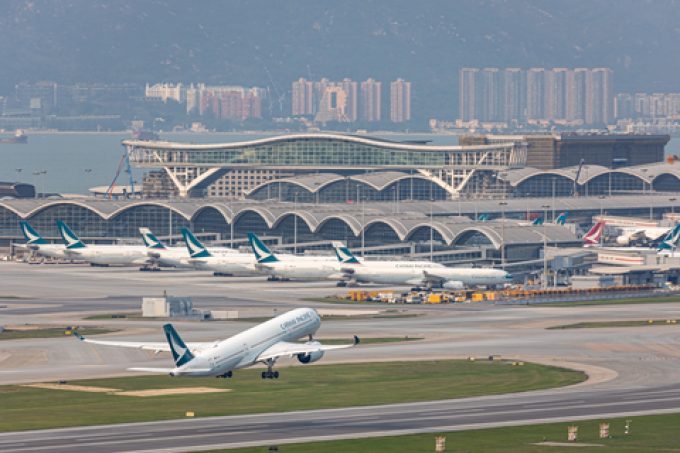The big supply chain disruptor is the regulators, say shippers
Shippers need their supply chain partners to collaborate in order to speed up processes and ...

Cathay Pacific has introduced a carbon-offset programme, Fly Greener, to allow customers to offset their carbon emissions through projects in the Far East and Indian Subcontinent.
The cargo airline says the carbon-offset projects are third-party-validated by corporate sustainability consultant Gold Standard.
Cathay Pacific will deliver the calculations by waybill number, using the latest methodology from IATA: the Recommended Practice 1678 (RP1678).
“Multiple factors can lead to variance in the amount of emissions generated by a booked shipment,” said Simon Ng, CEO of Cathay ...
Outlook for container shipping 'more uncertain now than at the onset of Covid'
Teamsters union vows UPS will be 'in for a hell of a fight' over jobs cull
Shippers warned: don't under-value US exports to avoid tariffs – 'CBP will catch you'
Cancelled voyages take the sting out of spot rate declines this week
New Houthi warning to shipping as rebel group targets specific companies
K+N CEO unveils impact of US import tariffs on China-origin goods
Blanked sailings in response to falling demand 'just a stop-gap solution'
More pressure on transpacific rates as carriers bet on a China-US trade deal
CMA CGM to reflag box ship as the French carrier eyes growing Indian market
Boeing looks to resell up to 50 aircraft rejected by Chinese buyers
'Strong start' to 2025, despite market uncertainty, says Kuehne + Nagel
US Customs chaos means 'more downside risk than upside potential' for air cargo
Taiwan ministries act to mitigate effect of trade war on agriculture exports
Wan Hai joins box shipping 'arms race', but avoids Chinese yards for newbuilds
MOL signs up with Climeworks for direct air carbon capture and storage


Comment on this article